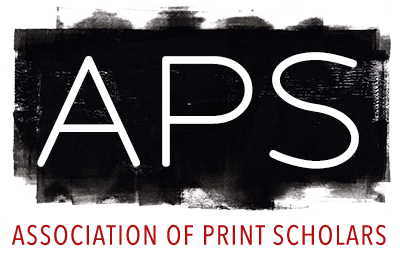Conference or Symposium Announcement
Posted: 10/17/2018
Posted by: Laurence Schmidlin
CONF: “Disegno. Zeichnen und Entwerfen in der Frühen Neuzeit” (Frankfurt, 23 Oct 18-5 Feb 19)
Hans Aurenhammer (Goethe-Universität) and Martin Sonnabend (Städel Museum)
Goethe-Universität, Campus Westend, Hörsaalzentrum HZ 8
Frankfurt,
Germany
10/23/2018-02/05/2019,
6-8pm
LECTURES
23.10.18
ALESSANDRO NOVA (Kunstgeschichtliches Institut in Florenz/Max-Planck-Institut):
Botanische Präzision und imaginierte Landschaften: . Zeichnung als Naturerfindung bei Leonardo
6.11.18
MARTIN SONNABEND . . .
23.10.18
ALESSANDRO NOVA (Kunstgeschichtliches Institut in Florenz/Max-Planck-Institut):
Botanische Präzision und imaginierte Landschaften: . Zeichnung als Naturerfindung bei Leonardo
6.11.18
MARTIN SONNABEND . . .
(Städel Museum, Graphische Sammlung):
Verstehen und Kennerschaft. Zur Zuschreibung einiger Zeichnungen von Michelangelo
20.11.18
WOLFRAM PICHLER (Universität Wien):
Architektur entwerfen in der Frühen Neuzeit: n. Neuere theoretische Zugänge
4.12.18
SEBASTIAN FITZNER (Freie Universität Berlin):
Skizze, Vogelschau und Konvolut. Fürstliche Zeichenpraktiken an Hessischen Höfen in der Frühen Neuzeit
18.12.18
DANIELA BOHDE (Universität Stuttgart):
Jenseits des Disegno. Selbständige deutsche Zeichnungen des frühen 16. Jahrhunderts
15.1.19
SUSANNE MÜLLER-BECHTEL (Universität Würzburg):
Täglich, topisch, transnational. Akademisches Aktstudium in der Vormoderne
22.1.19
CATHERINE WHISTLER (Ashmolean Museum, Oxford):
Disegno and Drawing in Venice in the Age of Titian
5.2.19
FRANK FEHRENBACH (Universität Hamburg):
‚Componimento inculto‘. Leonardos zeichnerische Imagination
Verstehen und Kennerschaft. Zur Zuschreibung einiger Zeichnungen von Michelangelo
20.11.18
WOLFRAM PICHLER (Universität Wien):
Architektur entwerfen in der Frühen Neuzeit: n. Neuere theoretische Zugänge
4.12.18
SEBASTIAN FITZNER (Freie Universität Berlin):
Skizze, Vogelschau und Konvolut. Fürstliche Zeichenpraktiken an Hessischen Höfen in der Frühen Neuzeit
18.12.18
DANIELA BOHDE (Universität Stuttgart):
Jenseits des Disegno. Selbständige deutsche Zeichnungen des frühen 16. Jahrhunderts
15.1.19
SUSANNE MÜLLER-BECHTEL (Universität Würzburg):
Täglich, topisch, transnational. Akademisches Aktstudium in der Vormoderne
22.1.19
CATHERINE WHISTLER (Ashmolean Museum, Oxford):
Disegno and Drawing in Venice in the Age of Titian
5.2.19
FRANK FEHRENBACH (Universität Hamburg):
‚Componimento inculto‘. Leonardos zeichnerische Imagination
Relevant research areas: Western Europe, Renaissance
